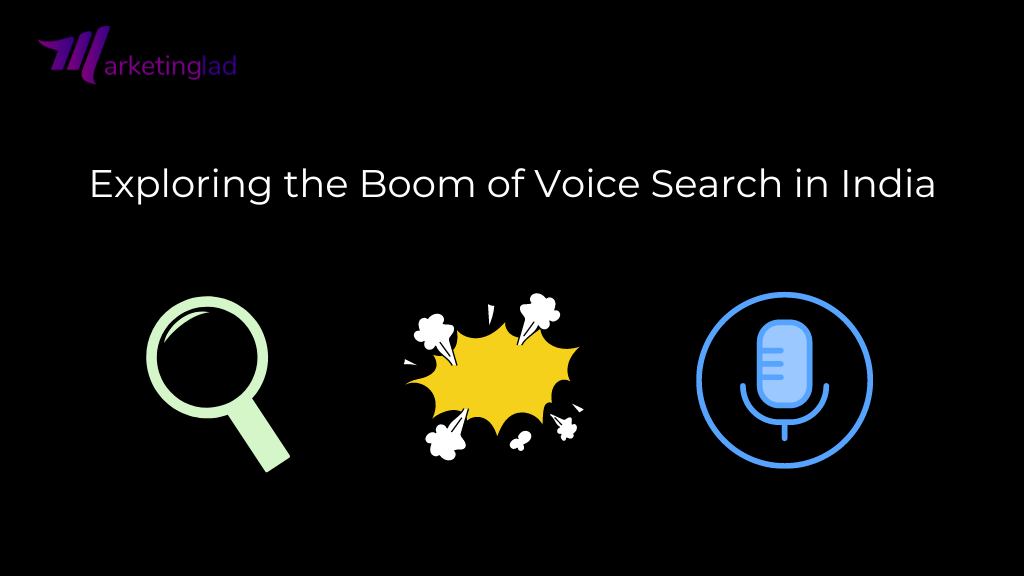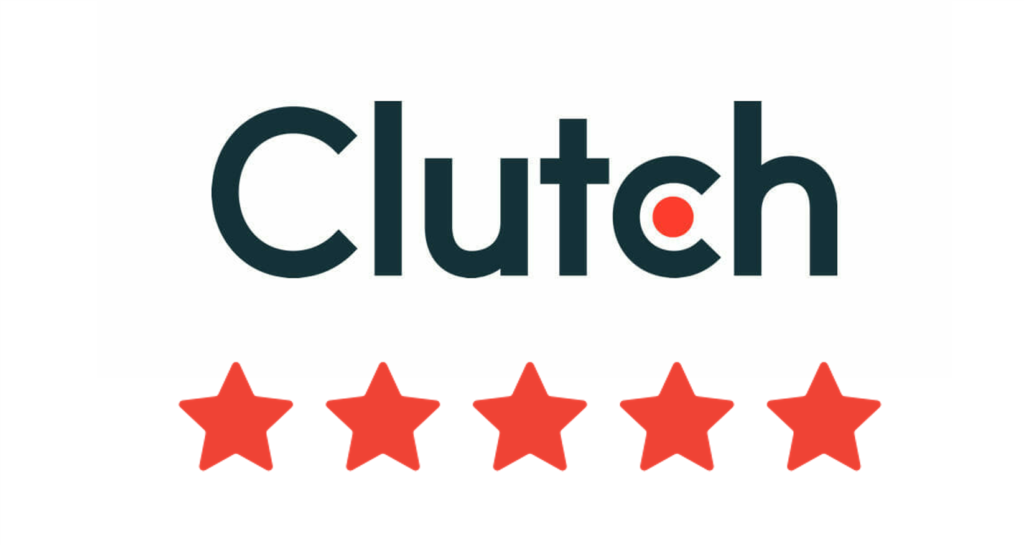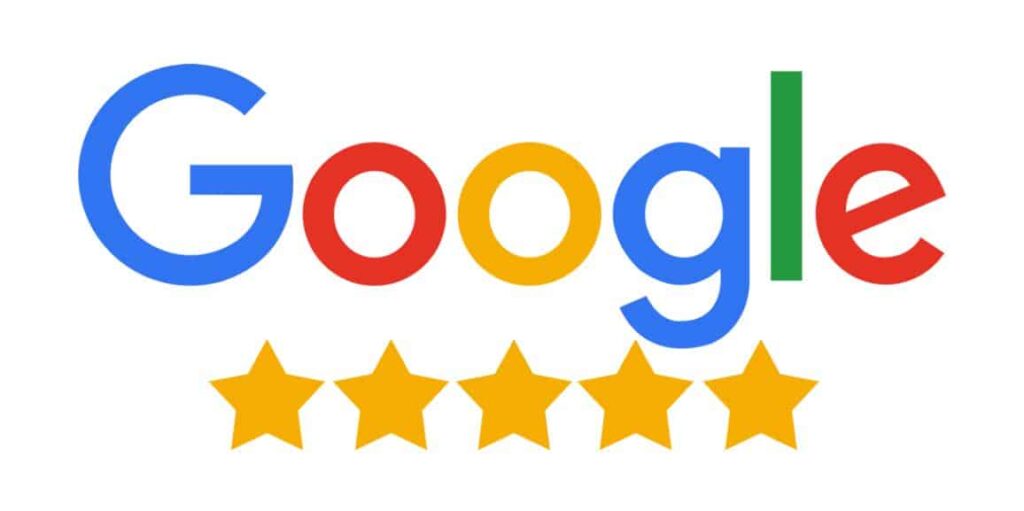Experts in media and marketing explain how firms may effectively maximize video searches and decipher India’s voice search algorithm.
Google has become a verb because it is the most common default search engine and likely the homepage for most people.
As of Nov 2022, Google holds a 99.74% monopoly on the Indian mobile search engine market. India also has twice the global average of voice search inquiries and the highest monthly usage of Google Lens.
It’s quite obvious why voice (and video) search is so popular in India. It has some of the most internet users in the entire world (soon to be highest).
The democratization of the internet has brought new users from tier 2 and 3 countries, who were previously unable to access the internet due to socio-economic barriers. These barriers are now disappearing as data and devices become more affordable.
There are brands that advertise to audiences everywhere. In order to understand how companies may effectively optimize video searches and decipher the voice search algorithm in India, e4m turned to media and marketing specialists.
Clearly audible
Vivek Kumar Anand, Director of Business and Innovation at DViO Digital, cites two key arguments in favor of brands utilizing voice search strategies.
The share of voice comes first. When you optimize your website for speech, you appear at the top of Google’s search results whether someone is using voice search or text, giving you a higher impression share and voice share.
Additionally, a business can promote itself as a thought leader in a given category with the use of a position zero ranking.
The search habits of many uneducated/semi-educated audiences and Generation Z are influencing the use of voice search. These groups often have limited writing and reading skills and rely on the position zero results narrated to them by Google based on their quest.
If this group of people makes up your target demographic, it is therefore even more critical for the brand to be there with real results.
Another audience group is Gen Z, who only use voice for searching, texting, and other tasks. This makes it especially important to have a targeted voice strategy from the standpoint of future growth, he continues.
Because of their accessibility, convenience, or sheer enjoyment, voice and video have emerged as the preferred methods of internet consumption, according to Nakul Dutt, National Strategy Director, FoxyMoron, Zoo Media.
Users frequently adopt a more casual tone when conducting voice searches. Instead of only using keywords, they are more prone to employ “phrases.”
Therefore, In order to improve your website’s SEO, Dutt advises switching to a content strategy focused on queries rather than just using keywords.
Populi Vox
Given that India is a bilingual nation, Swati Kardak, Group Account Manager – Media Planning and Buying, SoCheers, notes that due to the accessibility of native language support, voice search makes it simpler to search for information.
For instance, Google Assistant is currently available in over nine Indian languages, while Alexa is already available in Hindi and English. Thus, when engaging with the audience, it will be crucial to use the appropriate mix of targeting keywords in the appropriate languages.
The voice-activated ordering system at Starbucks and the voice-based chatbot used by KFC to explain menu items and offers are two instances of how streamlining the user experience can result in a significant increase in sales.

According to Vikas Kumar, the founder, and CEO of Digital ROI, “Brands can benefit from Voice Search from the standpoint of Local SEO. In reality, Gen Z consumers are gravitating more and more toward voice search and favoring video content for learning. You may have noticed that brands are now producing more reels and video content to connect with their target audiences.
Brands that provide customized speech adverts will streamline the audio advertising sector and identify the user’s intent.
Personalizing brand messaging and the brand experience will boost user engagement and aid in developing trust for brands, says Kardak.





